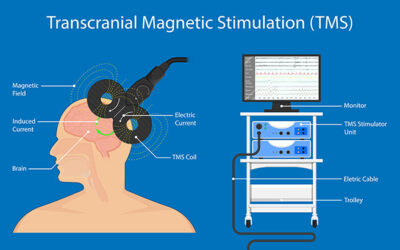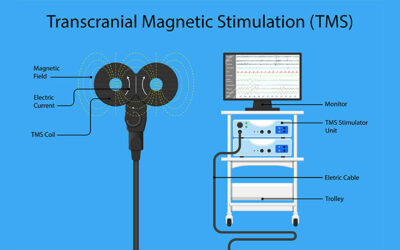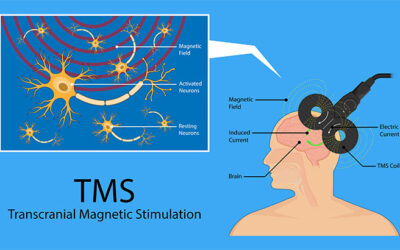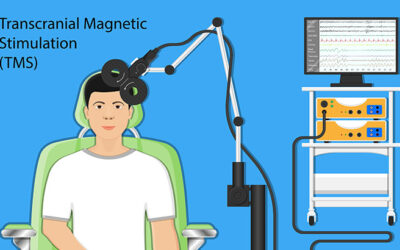Let's chat about TMS SAINT, a supercharged version of traditional TMS therapy that's been making waves in the mental health world. Imagine not just giving the brain a gentle magnetic nudge but doing so with laser-focused precision, targeting the exact spots that need...
TMS Articles
4 Ways to Prepare for a TMS Treatment
TMS treatment can be a game-changer for treating conditions like depression or anxiety. Whether you’ve heard of it and want to learn more or your doctor recommended it to you as a treatment option, you're in the right place. Preparing for TMS therapy is a bit like...
Can Suicidal Ideation Be Treated?
Suicidal thoughts and suicidal ideation are, unfortunately, becoming common in our world today. But thankfully, it’s not something any of us have to go through alone with the resources available to us. Today’s blog is all about suicidal ideation – what it is, how to...
Accelerated TMS Therapy: A Comprehensive Guide
In this blog, we will cover the most important aspects of accelerated TMS and answer some of the most frequently asked questions to provide a better understanding of this treatment option.
Does TMS Work For Anxiety? What You Need to Know
Whether you are considering TMS therapy or just curious about this innovative treatment, In this blog, I’ll explore what TMS Therapy is, how it works, and whether it’s an effective treatment option for anxiety.
How Long Does TMS Take to Work?
In this blog, we’ll explore the timeline for seeing results from TMS therapy for anxiety and the factors that can impact your treatment timeline.
What Type of Depression Does TMS Treat?
In recent years, a new treatment called Transcranial Magnetic Stimulation (TMS) Therapy has emerged as an alternative treatment for depression. But what type of depression does TMS treat?
Does TMS Therapy Work? How It Treats Depression
Transcranial Magnetic Stimulation (TMS) has transformed mental health treatment, offering a proven, FDA-approved approach for depression and other neurological disorders. This non-invasive therapy uses precisely targeted magnetic pulses to activate specific brain...
Accelerated TMS For Depression: Am I A Good Candidate?
Many individuals are good candidates for this TMS therapy. So In this blog, I’m discussing the benefits of accelerated TMS therapy and how to determine if it’s right for you.
Is TMS Therapy a Good Fit For Me? 7 Things to Consider
With advancements in technology and medicine, treatments like TMS therapy are becoming available for mental health treatment. TMS therapy, or transcranial magnetic stimulation, uses magnetic fields to stimulate nerve cells. It provides the brain with extra energy it...
It's Time To Heal
For many of our friends seeking wellness, TMS is an incredible solution. Get started now with our team.











